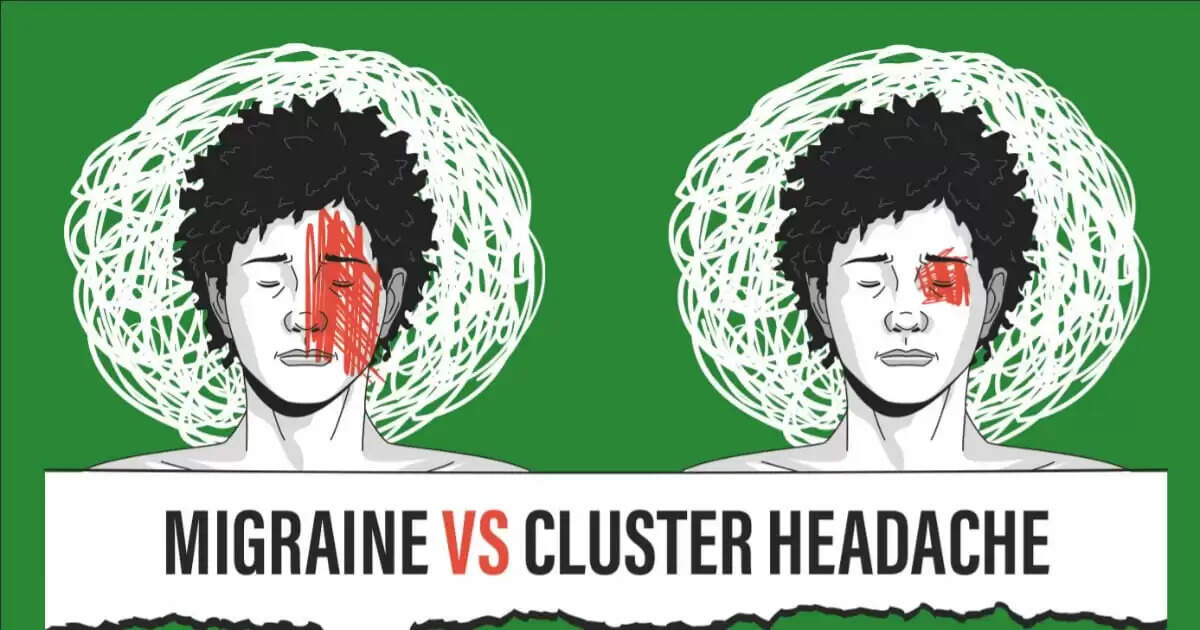Migraine vs Cluster Headache: Key Differences Explained

Work tension and sometimes fear of exam results, every person must have faced headaches at some point in his life. When you do a task repeatedly and do not get success, then you may get a headache. At the same time, when the brain gets tired due to studying for hours or working on a project day and night, then you may feel a headache.
There are many types of headaches. Which also includes migraine and cluster. The symptoms, time, and treatment of all types of headaches can be different. Many reasons like lack of oxygen in the body, brain fatigue, and the effect of medicines can cause headaches.
What is the difference between migraine and cluster headache?
Difference in the location of headache:
Migraine pain often starts from one part of the head. In this pain, a nerve feels twitching. It is concentrated on one part of the head, but sometimes it can spread to both sides.
Whereas, the pain in cluster headaches is very intense. This pain occurs in most cases in the eyes and one part of the head, which persists for some time.
Difference in the symptoms of both headaches:
When a person has migraine, he also has other symptoms along with headaches, such as vomiting, nausea, and sensitivity to light or noise. During migraine, a person may see bright spots or waves of light in front of the eyes.
At the same time, cluster headache also includes other symptoms, such as watery eyes, blocked or runny nose, redness in the eyes sweating on the face, etc.
Headache time varies:
Generally, migraine pain can usually last from 4 to 72 hours. Its pain increases gradually. This pain can occur two to three times a month or once a week.
At the same time, cluster headaches frequently last from 15 minutes to 3 hours, but they can also happen several times a day. Cluster headaches occur at specific times and may recur over several weeks or months.
Everyone needs to know the difference between migraine and cluster headaches, as both have different symptoms and treatments. Migraines last longer and are more common in women, while cluster headaches are extremely intense and are more common in men. With timely treatment, you can avoid problems related to it.
